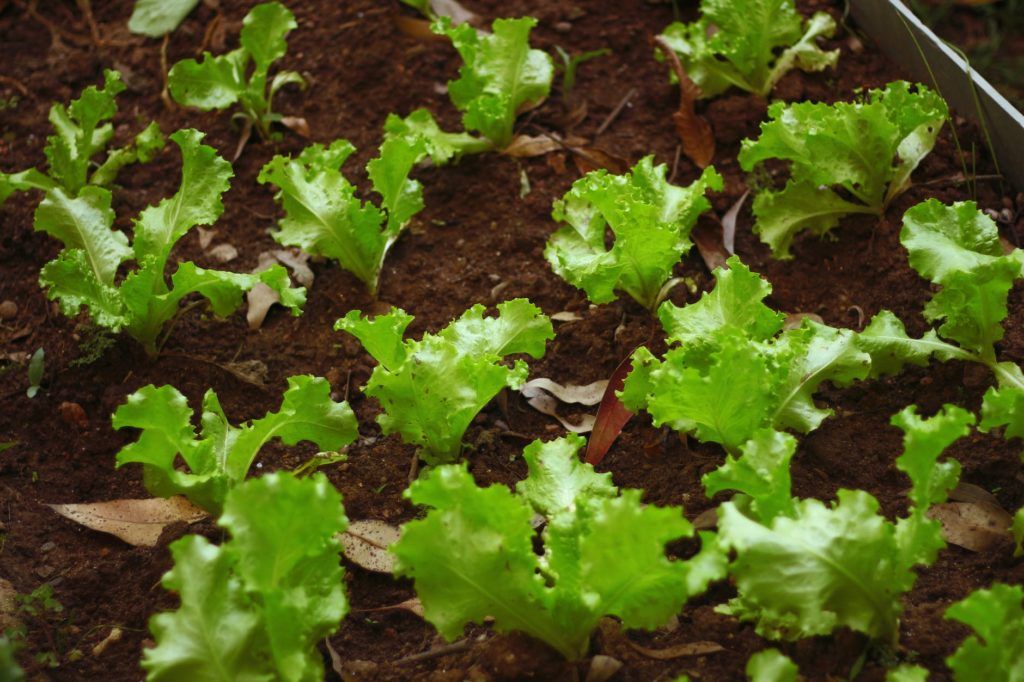Wild Gardening Notes
Note One: I need to come up with a better name than "Wild Gardening"

I'm greatly encouraged by my wild garden experimentation.
But I need a different name. "Wild gardening" is already being used, and it generally denotes something different (lots perennials, edible weeds, etc.). That's not what I'm doing.
My concept: Allow greens to go to seed and blow all over the place. Leave vegetables like tomatoes on the ground to be reabsorbed by nature. Ruthlessly take out weeds before they go to seed. Eventually, the “good” plants will outnumber the weed plants and give me a great harvest every year with little effort.
The initial results are greatly encouraging. As of right now, I have at least 75 volunteer lettuce plants: 30 Jester, 30 Black Seeded Simpson, and 15 Salanova. The volunteers will probably produce about 50 pounds of lettuce, which translates to about $250 of produce . . . .with virtually no effort. I also have more cilantro plants than I can count. And that's just after my first year in my new garden that was entirely lawn at the end of 2019.
A few notes:
1. The cilantro thrives in the wild garden. I wouldn't be surprised if it takes over everything, but that's alright. People love cilantro and it's easy to yank out. If I see it crowding my lettuce, the cilantro gets yanked like a weed.
2. I use a lot of tarps during the winter to kill vegetation and preserve the soil. Tarps and wild gardening are, presumably, antithetical. You can't do both. My plan is to keep about 1/3rd of my garden wintered with leaf mulch (which allows for volunteers); another 1/3rd covered until late May, in hopes that some volunteers will come up; and the other 1/3rd tarped as long as possible (until I have to remove it to plant), thereby killing any volunteer action. We'll see how that goes.
3. I baby my volunteers. My theory: The hardiest seeds survive winter and volunteer, so these are “super plants.” I want them to survive and thrive . . . and produce tons of seeds to blow around in the fall. I keep the area around them weed-free and mulched with compost and a little bit of fertilizer.
